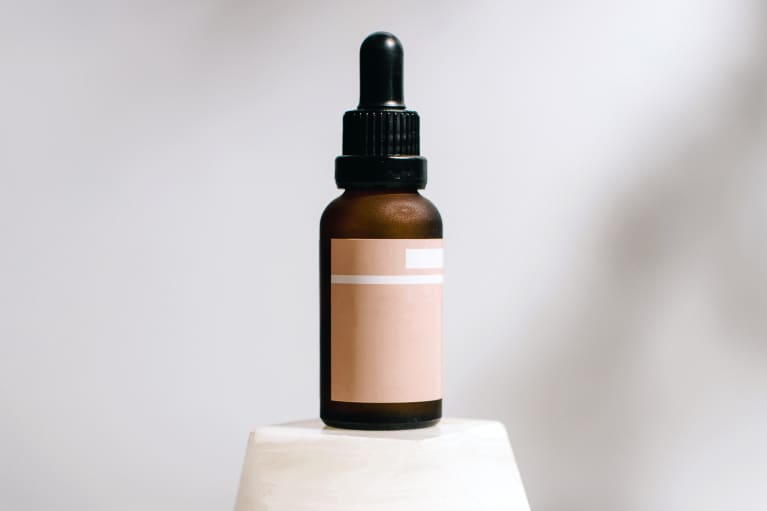Lactic acid is not an unknown substance to the human body. Among other things, it is part of the healthy skin flora. Skincare products with a lactic acid concentration of up to 10% usually fall into the category of chemical peels for home treatment.
Lactic Acid – The Basics
Lactic acid is one of the most well-known alpha hydroxy acids (AHA). At first, this acid appears to have come straight out of the chemistry lab. However, lactic acid is a natural substance produced in muscle and red blood cells in quantities as 120 grams every day. It is mainly used to make muscles, blood, organs, and skin. Lactic acid ensures the correct pH value (pH 5 to 5.5) of the skin flora in the skin. This is important because it maintains a protective acid mantle. When it is disturbed, the skin becomes rough. It then becomes dry, sensitive, and finally becomes a breeding ground for bacteria. The latter often leads to unclean skin, as this type of bacteria also causes pimples and acne.
Lactic Acid in Skincare Products
In skincare products, lactic acid is used either as an adjuvant to achieve the appropriate pH value for the respective formulation or as a moisturizer. Low concentrations are sufficient.
More interesting is the use of higher lactic acid concentrations; concentrations above 10% are for professional use (dermatology and cosmetic surgery peels), but concentrations up to 10% are suitable for home treatment. Lactic acid peels are ideal for all skin types if used regularly and correctly, especially for dry, impure, or sensitive skin.
Lactic acid peels are usually used in aqueous to emulsion formulations, as lactic acid is fully activated when the pH is acidic. Some people are tempted to dilute chemical peels, for example, to improve their tolerance. However, lactic acid peeling agents should never be diluted with water, lotion, or serum, as this will affect the pH value of the formulation and affect the effectiveness of the lactic acid.
If your skin shows irritation such as redness or burning sensation after application, it does not mean that the peel is working, but rather that this type of peel is not suitable for your skin. Here, it is necessary to analyze the skin condition and find the appropriate lactic acid concentration that will no longer irritate the skin.

Benefits of Lactic Skin For The Skin
Lactic acid is one of the natural moisturizing components of the skin. As such, lactic acid is a relatively small molecule and has the property of absorbing water. In other words, it actively retains water and forms the so-called moisturizing shell.
Lactic acid is also essential for an intact protective acid mantle and healthy skin flora. As a result, the skin’s surface has a somewhat acidic pH value. This helps stop the growth of harmful skin bacteria and creates an environment with an anti-inflammatory effect on bacteria and microorganisms that are not naturally present on the skin.
The moisturizing effects and positive effects on physiological flora are evident even at low concentrations. High concentrations of lactic acid have a keratolytic effect.
Professionals mostly employ the so-called superficial chemical peeling to remove unwanted keratin more quickly and, most importantly, gently on the skin. One of the reasons for this is that it stimulates collagen production. The skin becomes less dull and absorbs nutrients better. Dermatological studies have also shown that lactic acid peels may be associated with improved skin structure and flexibility.
How Should I Perform a Lactic Acid Peel?
If you have no experience with chemical peels, it is best to start with lactic acid, which is a well-tolerated acid. To begin with, peels should not be used more than once a week, depending, of course, on the specific concentration. Over time, as your tolerance builds, you can use each product more frequently as needed.
Lactic acid peels are very simple to use and can be incorporated into your nightly cleansing routine. Since most lactic acid peeling products are in liquid form, it is easy to apply it directly on your hands and then spread it over your face. There is no need to wait after application, but it is best to take your time while applying it. Then apply the serum and moisturizing products. Don’t forget, if you use chemical peels, you should wear sunscreen during the day!
Share your thoughts with us in the comments below!



